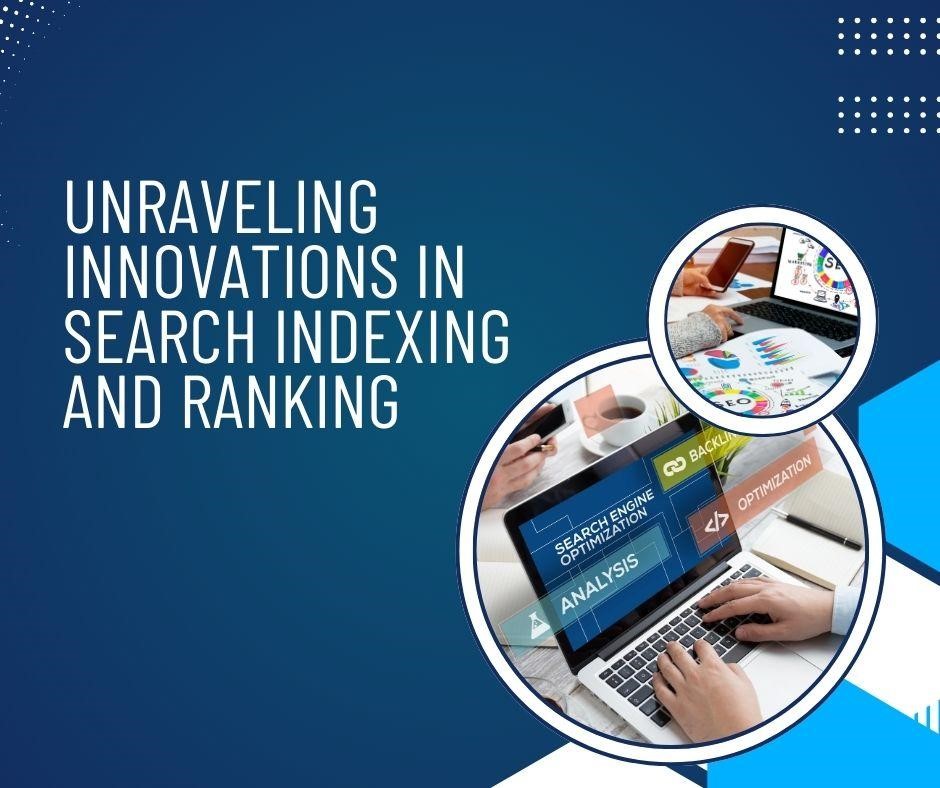Unraveling Innovations in Search Indexing and Ranking
Search indexing and ranking are vital to the seamless retrieval of information in the digital world. Mohini Thakkar, an expert in this field, delves into these intricate processes and the latest advancements that are shaping search technology. This article highlights innovations that have propelled search engines to evolve, ensuring swift, accurate, and user-centered information access.
The Foundation of Search Indexing
Search indexing is essential for information retrieval, acting as an organized catalog for swift content access. It starts with crawling, where web crawlers scan the internet to gather data from websites, forming a comprehensive, current database of content.
After crawling, content is analyzed to extract essential metadata like text, images, and links. Leveraging natural language processing (NLP), search engines better interpret context and semantics. This leads to the creation of an inverted index, mapping terms to documents for quick queries. Real-time indexing ensures up-to-date content availability.
Advanced Content Analysis Techniques
Advances in NLP and machine learning have transformed content analysis in indexing. Semantic indexing allows search engines to grasp user intent and context, surpassing basic keyword matching. This innovation enhances the relevance and accuracy of search results, especially for complex queries.
Machine learning models like BERT, introduced in 2019, enable search engines to process complex, context-rich queries with human-like understanding. This integration marks a shift toward smarter, more responsive indexing systems for improved search accuracy.
Personalization and User-Centric Approaches
Personalized search is now key, with algorithms designed to match user preferences and behaviors. Search engines leverage data like past searches, location, and device type to refine results, ensuring users receive relevant information tailored to their unique context and needs.
AI-driven models for personalization have transformed user engagement by analyzing behavior patterns to predict intent accurately. This creates a search experience that anticipates needs and adapts to user behavior, making search engines more intuitive and enhancing interactions with richer, more meaningful results.
Ranking Algorithms: The Power of Relevance and Authority
The ranking phase identifies the most relevant indexed content for a user’s query through a comprehensive analysis of relevance, authority, user intent, and personalization. Modern algorithms utilize machine learning to enhance understanding of queries, enabling more accurate sorting of results.
Factors like content authority—gauged through signals such as domain reputation and backlinks—play a significant role in rankings. Additionally, user engagement metrics such as dwell time and bounce rates are now integral, reflecting a user-centric shift that prioritizes both quality and relevance.
A significant advancement in ranking is the integration of user experience (UX) metrics. Factors such as page load speed, mobile responsiveness, and visual stability are now evaluated by search engines to improve result quality. This focus on UX aims to provide relevant information alongside a positive, seamless user experience.
The Influence of Mobile and Voice Search
The rise in mobile device usage and voice search has prompted search engines to adapt. Mobile-first indexing, implemented in 2018, prioritizes the mobile version of content, reflecting users’ increasing reliance on smartphones for searches.
Voice search, featuring conversational queries, presents both challenges and opportunities for indexing and ranking algorithms. Search engines now favor content that directly addresses questions and is optimized for snippets or quick answers, highlighting the importance of natural language processing and immediate response formatting.
The Future of Search Technology
As search indexing and ranking evolve, emerging trends emphasize real-time, entity-based indexing and advanced multimedia content analysis. Real-time indexing addresses the rapid influx of new content essential in today’s information-rich landscape, while entity-based search leverages knowledge graphs to improve understanding of relationships among people, places, and concepts, enhancing results for complex queries.
Future advancements will likely incorporate augmented reality (AR) and virtual reality (VR), prompting new methods for indexing and retrieval. Additionally, privacy-focused search techniques may rise, balancing personalization with data protection in response to user concerns.
In conclusion,the journey of search indexing and ranking is a testament to continuous innovation in the digital realm. Mohini Thakkar’s exploration underscores how technological leaps in machine learning, NLP, and AI have reshaped the core mechanisms behind search engines. As we look ahead, these technologies promise even more personalized, context-aware, and dynamic search experiences that anticipate user needs and transform digital information retrieval.

